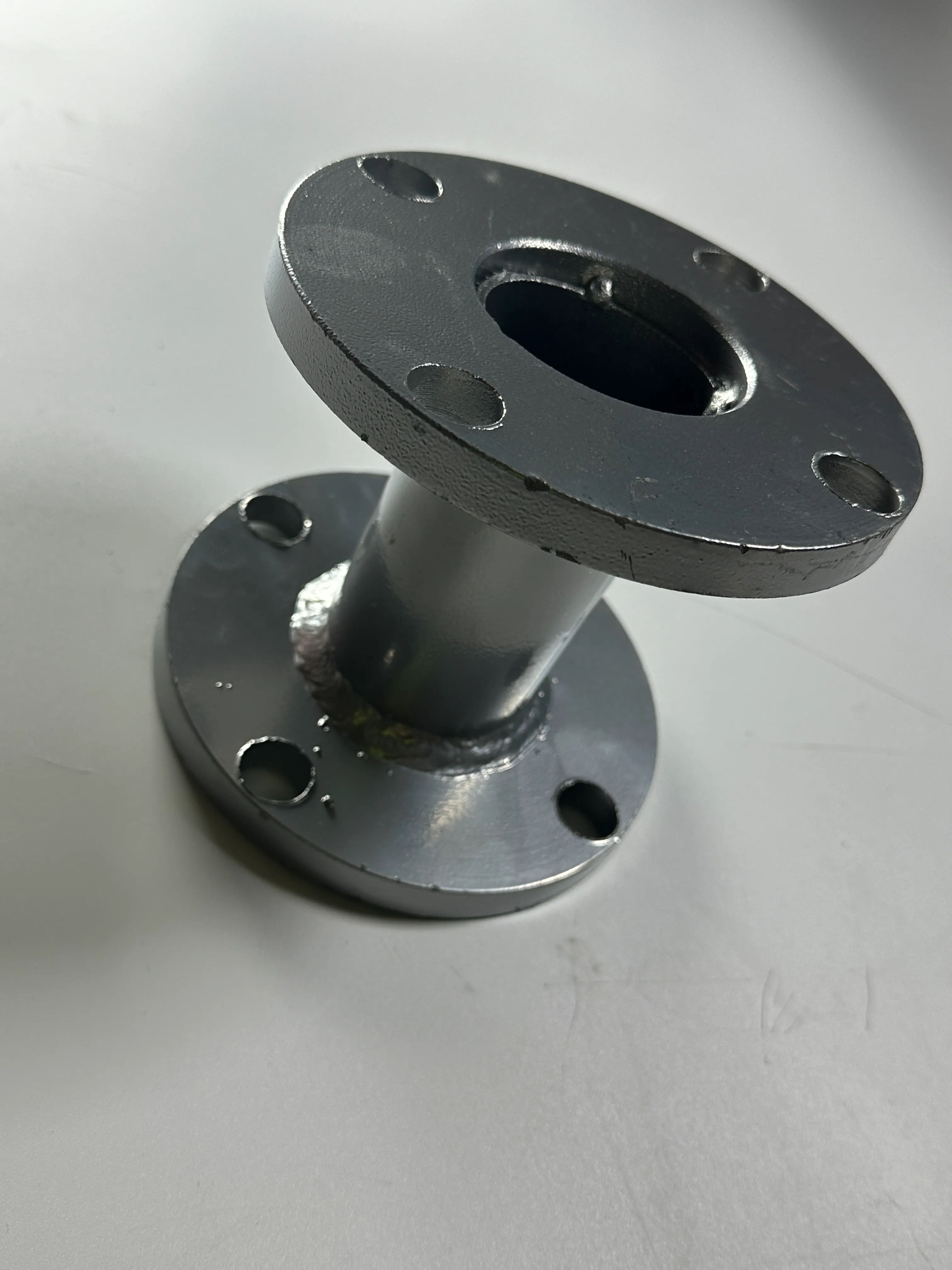loading...
- No. 9, Xingyuan South Street, Dongwaihuan Road, Zaoqiang County, Hengshui, Hebei, China
- admin@zjcomposites.com
- +86 15097380338
- Welcome to visit our website!
Multiport Valve Design for Enhanced Efficiency in FRP Vessels
The Advancements in FRP Vessels with Multiport Valves
In recent years, the materials and technologies used in the construction of various industrial equipment have evolved significantly. Among these advancements, the integration of Fiber Reinforced Polymer (FRP) vessels with multiport valves has garnered considerable attention. FRP vessels are renowned for their lightweight, corrosion resistance, and durability, making them ideal for a wide range of applications. When coupled with multiport valves, they offer enhanced functionality and efficiency, revolutionizing processes across multiple industries.
What is FRP?
Fiber Reinforced Polymer (FRP) is a composite material made from a polymer matrix reinforced with fibers, typically glass or carbon. This combination lends FRP excellent mechanical strength while remaining significantly lighter than traditional materials such as metals. Additionally, FRP exhibits superior resistance to chemical corrosion, making it particularly suitable for industries like chemical processing, wastewater management, and marine applications.
The Role of Multiport Valves
Multiport valves are versatile devices that allow for the control and diversion of fluid flow through several pathways. This ability reduces the need for multiple valves, simplifying the piping system and minimizing potential leaks associated with numerous connection points. Multiport valves come in various configurations, including those that can switch flow directions seamlessly, thereby enhancing operational efficiency in fluid management.
Benefits of Integrating FRP Vessels with Multiport Valves
frp vessel with multiport valve

1. Weight Reduction and Enhanced Portability One of the hallmark advantages of FRP vessels is their lightweight nature. When combined with multiport valves, the overall system becomes easier to transport and install. This feature is particularly beneficial in remote or challenging environments where heavy equipment might pose logistical challenges.
2. Corrosion Resistance The combination of FRP and multiport valves excels in environments where corrosive substances are handled. Traditional metal valves and vessels could deteriorate over time, necessitating costly replacements. However, FRP and multiport valves remain impervious to many harsh chemicals, extending the lifecycle of the equipment and reducing maintenance costs.
3. Streamlined Processes The integration of multiport valves into FRP vessels allows for more streamlined fluid management processes. Operators can control multiple flow paths without physically altering the system, leading to quicker response times and greater operational flexibility. This ability is crucial in industries where fluid dynamics can change rapidly.
4. Cost Efficiency Although the initial investment in FRP vessels with multiport valves may be higher than traditional systems, the long-term savings in maintenance, durability, and efficiency can be substantial. Industries continually seek to optimize costs while maintaining productivity, making this combination incredibly appealing.
5. Environmental Benefits With their increased durability and reduced need for replacements, FRP vessels and multiport valves can contribute to more sustainable operational practices. Additionally, their lightweight nature helps lower energy consumption during transportation and installation.
Conclusion
The combination of FRP vessels with multiport valves represents a significant leap forward in the design and efficiency of fluid management systems across various industries. Their lightweight, corrosion-resistant properties, coupled with the multifunctional capabilities of multiport valves, position them as a superior choice for modern applications. As industries continue to prioritize efficiency, safety, and environmental responsibility, the adoption of FRP vessels with multiport valves is likely to grow, driving innovation and transforming traditional practices. The future in industrial equipment looks promising as we embrace these advanced materials and technologies, paving the way for smarter and more efficient operations.
-
GRP Structures: The Future of Lightweight, High-Performance EngineeringNewsJun.20,2025
-
FRP Water Tank: High-Performance Storage for Corrosive and Clean Water SystemsNewsJun.20,2025
-
FRP Square Tube: The New Industry Standard for Chemical and Structural ApplicationsNewsJun.20,2025
-
FRP Pultruded Profiles: The Ultimate Choice for Lightweight Structural StrengthNewsJun.20,2025
-
FRP Handrails: The Safer, Smarter, and Stronger Choice for Modern InfrastructureNewsJun.20,2025
-
FRP Grating: The Smart Solution for Durable, Lightweight Industrial FlooringNewsJun.20,2025
-
Why Choose a Galvanized Water Tank for Your Storage NeedsNewsMay.21,2025
